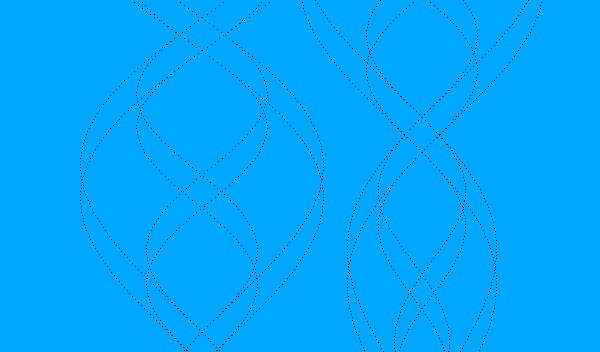Bruno Bettelheim, The Empty Fortress: Infantile Autism and the Birth of the Self, The Free Press, New York 1967.
In the chapter “Joey, the Mechanical Boy”, Bruno Bettelheim discusses the case of an autistic boy who believed to be a machine. Not only did he draw himself as a robot, but he also performed all activities like a machine (when leaving his room, he stretched an imaginary wire which connected him to the “source of energy”). The book inspired Romeo Castellucci’s show Amleto. La vehemente esteriorita di un molusco [Hamlet. The Vehement Exteriority of the Death of a Mollusc] from 1992. In the director’s interpretation, Hamlet was like an autistic child who lives in a closed, uncommunicative world, his own time, space and language. The show’s scenography consisted of metal structures, machines, a metal camp bed without a mattress. Hamlet was the only live character on stage, the rest were played by machines or toys.
Martin Heidegger, The origin of the work of art [in:] Martin Heidegger, Off the beaten track, trans. Julian Young, Kenneth Haynes, Cambridge 2002 and Martin Heidegger The question concerning technology and other essays, trans. William Lovitt, New York 1977.
Both art and technology mean revealing to Martin Heidegger, but they achieve it differently. In Ancient Greece art (techne) was a form of poiesis, revealing, in which non-secretiveness happens, that is bringing to light the absent, disclosing some truth, especially about the world but also about the man. “Techne is a mode of aletheuein. It reveals whatever does not bring itself forth and does not yet lie here before us, whatever can look and turn out now one way and now another. Whoever builds a house or a ship or forges a sacrificial chalice reveals what is to be brought forth, according to the perspectives of the four modes of occasioning. This revealing gathers together in advance the aspect and the matter of ship and house, with a view to the finished thing envisioned as completed, and from this gathering determines the manner of its construction. Thus, what is decisive in techne does not lie at all in making and manipulating nor in the using of means, but rather in the aforementioned revealing. It is as revealing, and not as manufacturing, that techne is a bringing-forth.” Hence, both the artist and the craftsman were called technites. Revealing done by modern technology does not develop according to the poiesis mode. The mode of revealing which prevails in it revolves around the categories of efficiency, objective and control. The “request”, “demand”, “attitude”, excluding another possibility of revealing, that is revealing according to the poiesis mode, introduce instability, dispute, concealed truth, process. Martin Heidegger seemed to look in art for an enclave of authentic experience, some kind of “antidote” to the instrumentalization of being in a technology-oriented world.
Michel Foucault, Technologies of the Self [w:] Technologies of the Self: A Seminar with Michel Foucault, ed. Luther H. Martin, Huck Gutman, Patrick H. Huston, The University of Massachusetts Press, Amherst 1988.
In the period of the last three years of his life, between 1982-1984, Michel Foucault lectured on antiquity, focusing on the topic of “the care of the self”. The philosopher shows that the notion appeared in various forms in successive philosophical trends, from Platonism, through Epicureanism to Roman Stoicism, and even later in the initial period of Christianity, although in an utterly different form. You need to take care of yourself as regards practical matters - health, food, sex – and spiritual – “think of the self”, who I am. In the lecture Technologies of the Self, Foucault describes processes through which individuals affect themselves, means of how they govern themselves, assuming the form of “the care of the self”. It is about different forms of self-regulation through which “I” is constructed or modified by itself.
It is about knowing how to make existence “beautiful” in the eyes of other people, and thus better, more appropriate.
